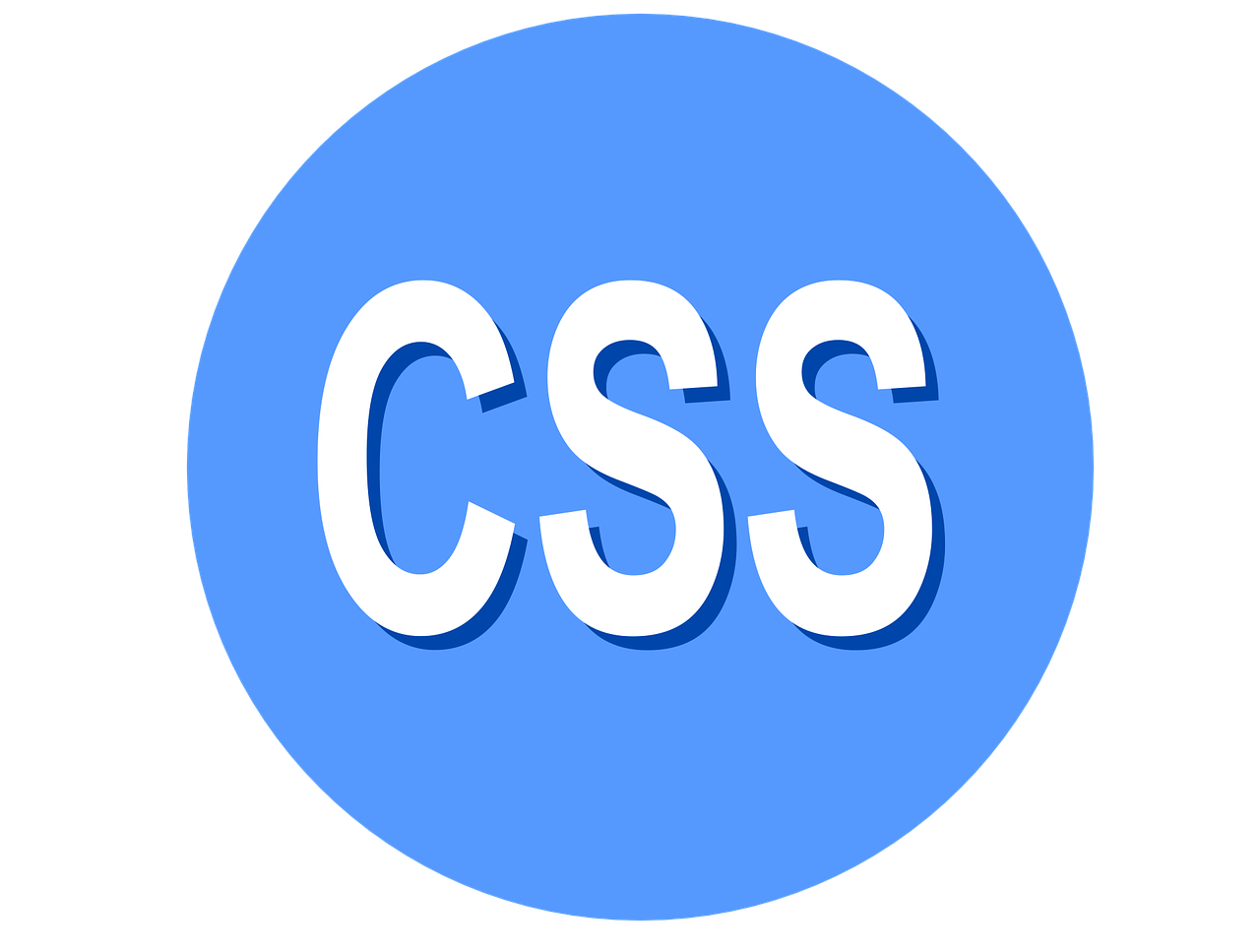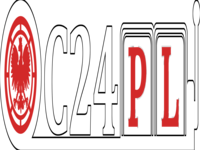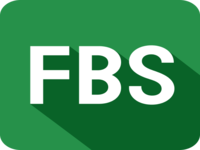Sass is a kind of extension designed to simplify cascading style sheets (CSS). All those who start developing and administering…
-
 A collection of practical tips for everyday CSS users. Learn More
A collection of practical tips for everyday CSS users. Learn More -
 Top 5 CSS Libraries
Top 5 CSS LibrariesCSS is an essential part of any website. However, pure css code sometimes forces you to write too much unnecessary stuff, and many libraries are willing to take on the chore.
Learn More -
 10 Sass libraries to help speed up website development
10 Sass libraries to help speed up website developmentSASS is one of the popular CSS preprocessors nowadays.
Learn More -
 10 best libraries for CSS animation
10 best libraries for CSS animationAll in all I have tried about thirty libraries. Some were quite small, some were quite large, but in the end I selected the ten best in my opinion. Note that none of these libraries do not require JavaScript.
Learn More























